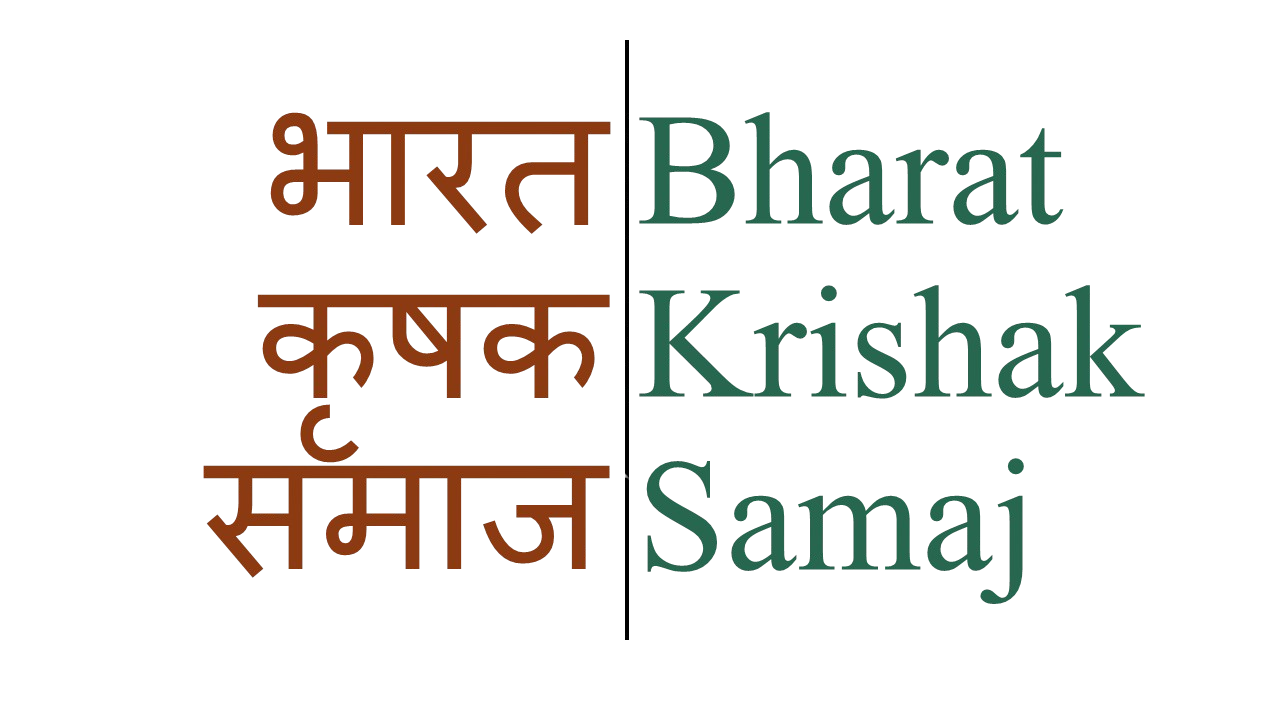Every poverty alleviation programme seems to have a recurring theme — being funded by the poor themselves; the numbers give the game away
The rodomontade about heralding a new epoch of prosperity six years ago is gradually evaporating. It appears the Prime Minister is in the dark about the delivery status of his government’s policies, just as the Congress leadership seems clueless about issues on the ground. Four specific pain points unmask the gap between policy and impact on the rural economy.
Under PM Kisan, each landowning farmer (landless are excluded) receives ₹6,000 annually. As per a Punjab Agriculture University study, a farmer growing a combination of paddy and wheat utilises about 50 litres of diesel per acre. The diesel usage differs, depending on the crop and practices. Today, each litre of diesel gets taxed at about ₹45. Even if one is to discount the average country-wide diesel usage per acre to 60 per cent — 30 litres — the government is virtually collecting a tax of ₹1,200 per acre from farmers.
Thus, first a small five-acre farmer could be paying about ₹6,000 as diesel tax, the same as the largesse being received. Second, the single-tax regime, which parliamentarians had celebrated at the midnight hour, has farmers paying GST on purchase of inputs like seeds, pesticides, fertilisers, tractors and implements and such others for which, unlike industry, they cannot claim input credit. Third, when international crude price was at $60 per barrel in July 2019, the Ujwala-scheme-subsidised gas cylinder was available to the underprivileged in my village at ₹503.
Then came COVID-19 and the establishment floundered as government revenues evaporated, the economy tanked and crude prices fell to stabilise at about two-thirds the price at $40. When everything was reeling downwards by July, the price of the subsidised cylinder was increased by nearly a fourth to ₹611. Incredibly, the government is collecting more per cylinder from the poorest sections of society when it is popularly perceived to be providing increased financial support to them. Broadly, each of these poverty alleviation programmes seems to have a recurring theme — being funded by the poor themselves.
Fourth, earlier this year, amidst the Covid-19 clampdown, the MSP for paddy was increased by 2.9 per cent, though even the CACP report on which this MSP is based, projected an increase of 5.1 per cent in the composite input price index for 2020-21 over 2019-20, indicating a higher cost of cultivation. Even the food inflation in cereals for 2019 was 8.4 per cent.
In real terms, the MSP for paddy will decrease by the time of marketing in October. In 2018, in the run-up to the 2019 parliamentary elections, the government magnanimously raised MSP for paddy by 12.9 per cent. Having attained a resounding victory thereafter, the increases in MSP have been minuscule at 3.7 per cent in 2019 and 2.9 per cent in 2020.
The BJP’s allies like the Akali Dal in Punjab and Lok Dal offshoots in Haryana, who had attained power on farmers’ votes, have become self-serving, subservient caricatures of their glorious past. The pain of the betrayal is excruciating. The MSP has changed from being the minimum support price to becoming the maximum selling price. It is not surprising that the demand for MSP as a legal right has begun to resonate in the field.
Last, without digging too deep, one can find policies continuing during Covid-19, which have emanated from ministries other than agriculture and impact the food value chain, which are both counterproductive and conflicting. For example, 75 per cent of the dal consumed in India is chana and arhar. While both are selling below MSP, import duties on masoor dal were reduced by two-thirds to 10 per cent because there was a demand for it in one part of India.
The core contention is more fundamental: if a consumer can afford to eat a more expensive dal or a more expensive non-essential produce (say, onions), surely they do not need to be subsidised by subduing farmgate prices. A reset in the approach to mitigating inflation is a must. Even though different wings of the government are seemingly working at cross purposes, issues of governance are not fatally flawed. They can be perfected.
The government, however, chooses to hide behind hollow euphemisms, which conceal the truth of its realpolitik strategy to suppress farmgate prices, to keep the urban consumer from becoming restless and make common cause for protest. It is the same worry that gnaws at authoritarian regimes across the world.
The journey to achhe din has thus far taken farmers on an infructuous path to nowhere in particular. When the PM, a man of unyielding perseverance, connects the dots in the future looking backwards, he will find a fractured legacy of unresolved challenges that he thought he had solved.




